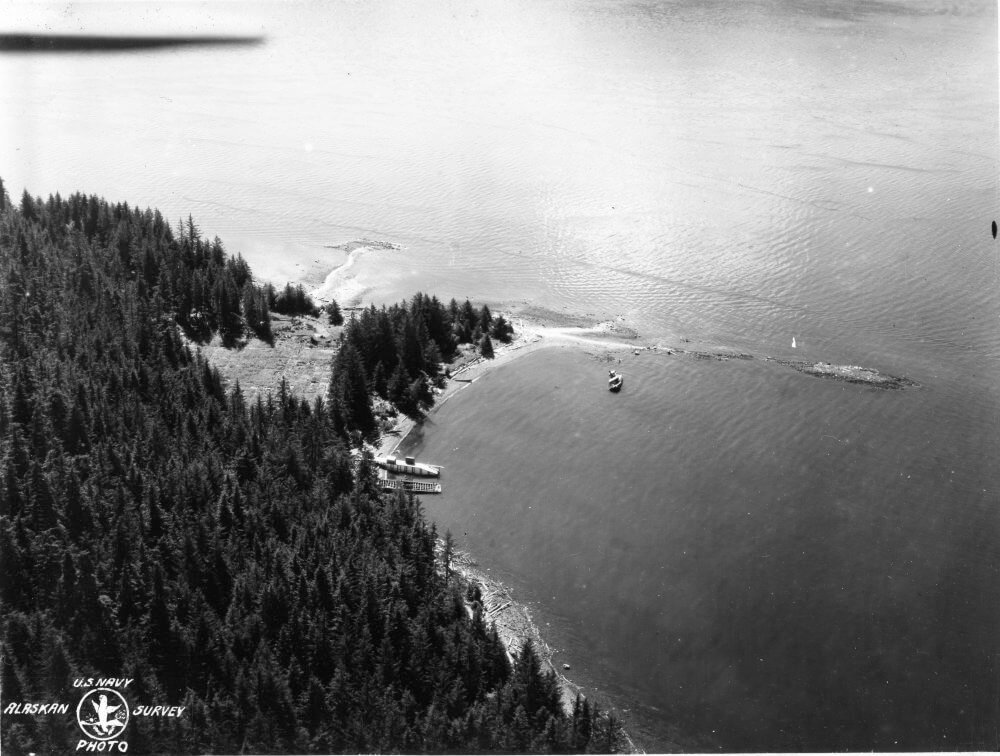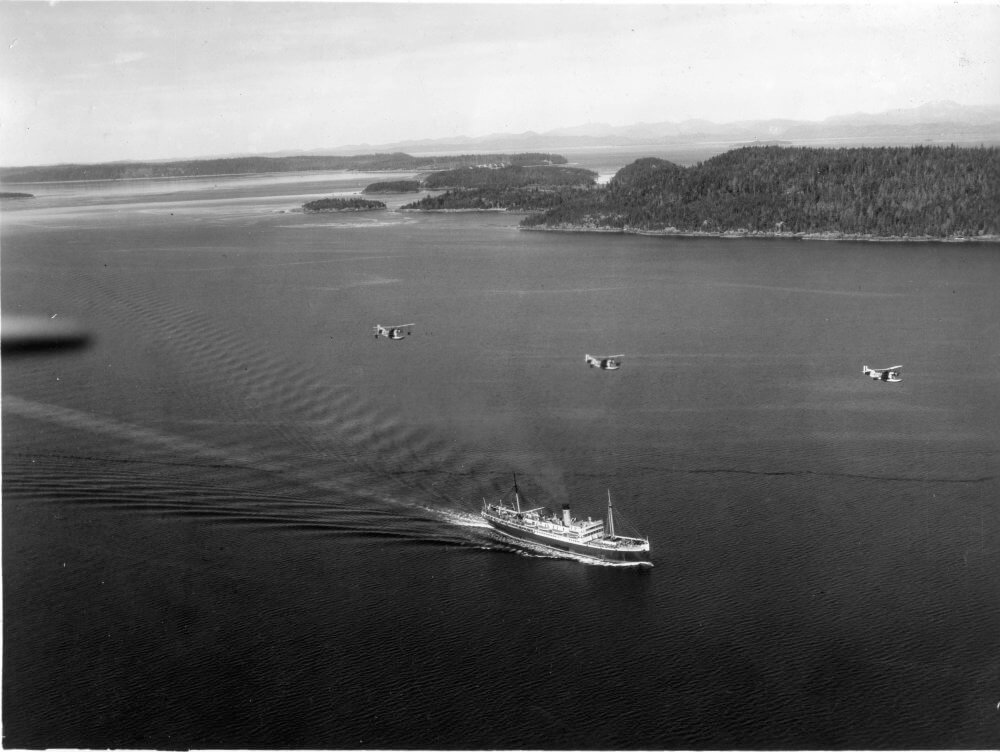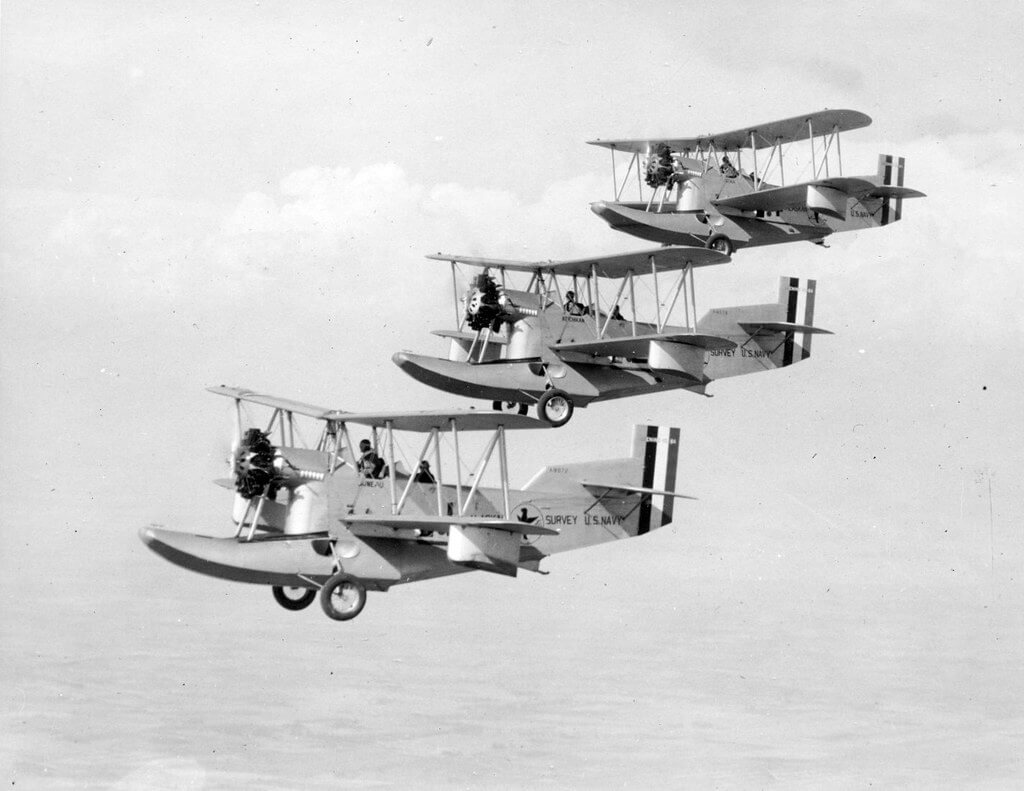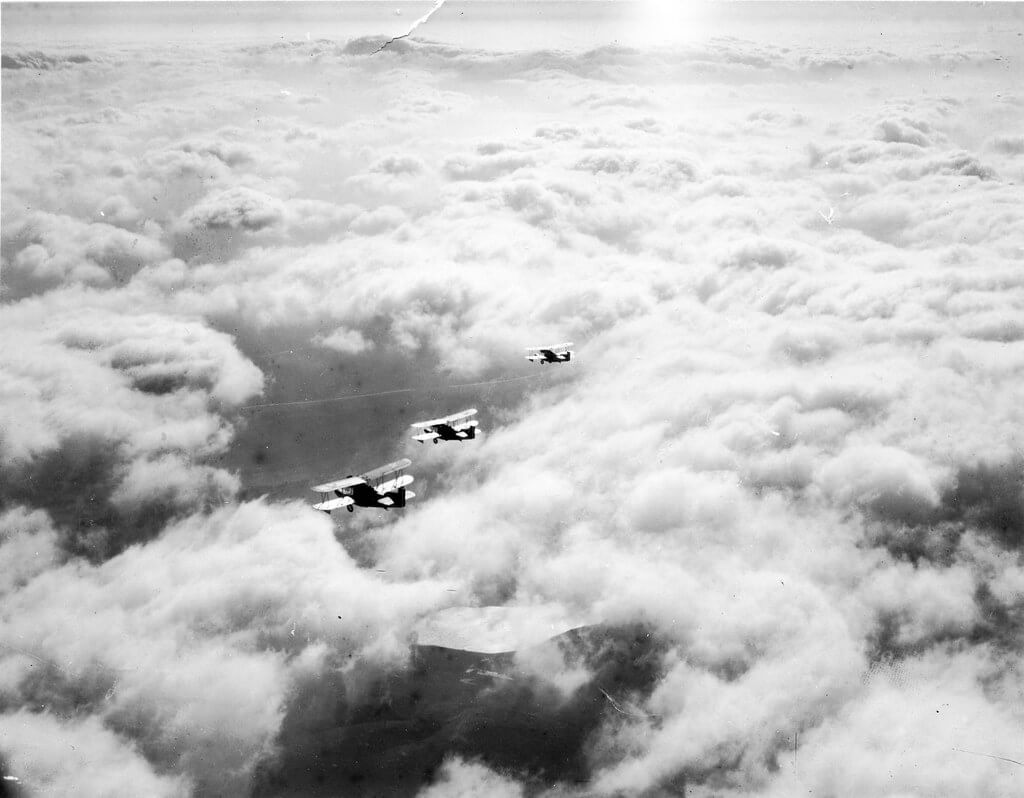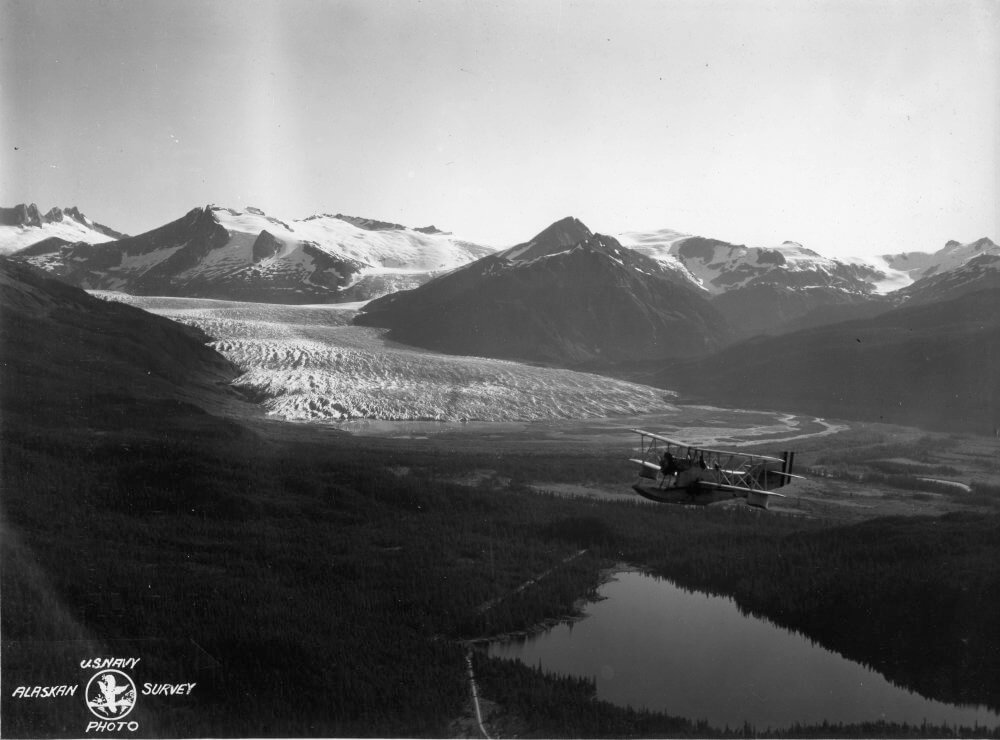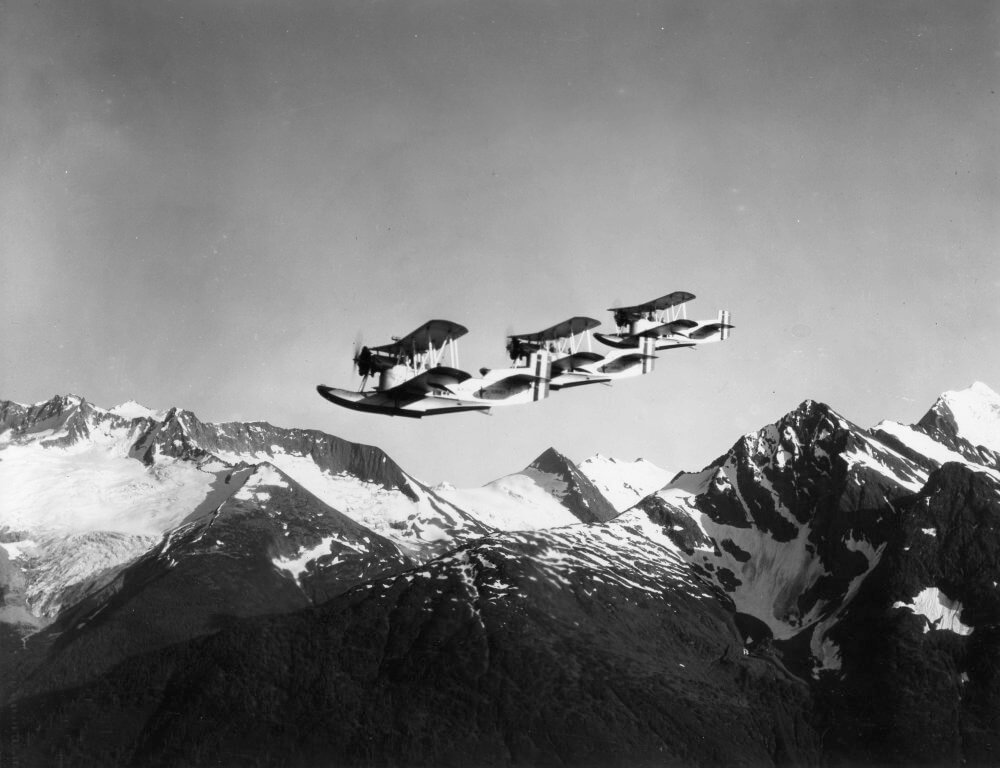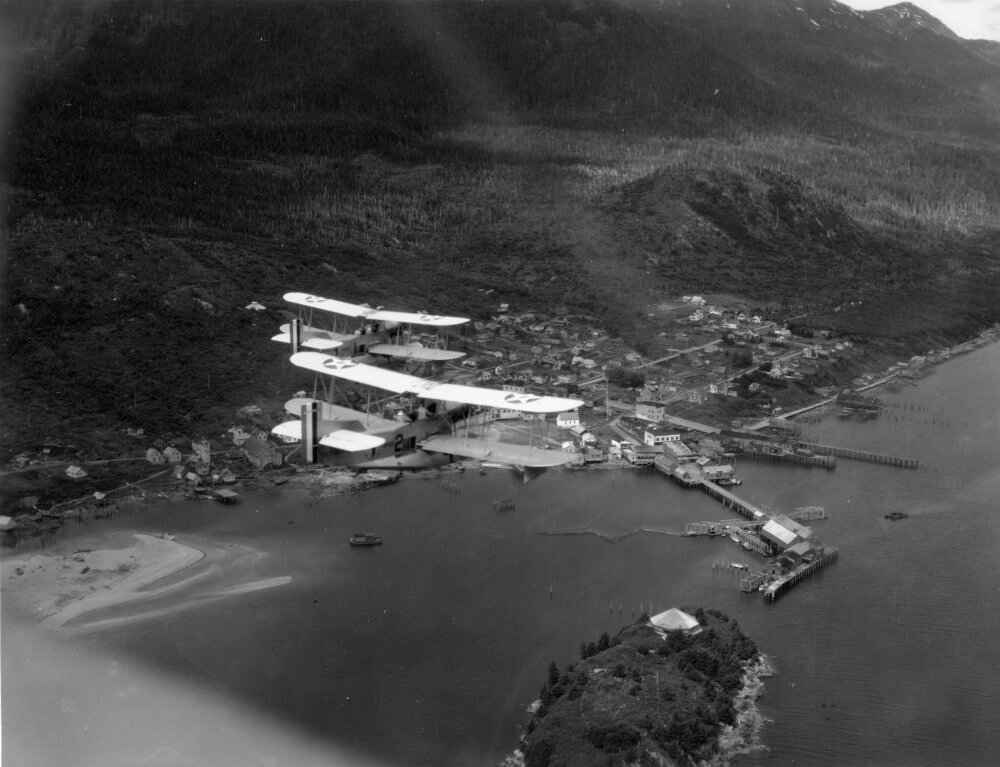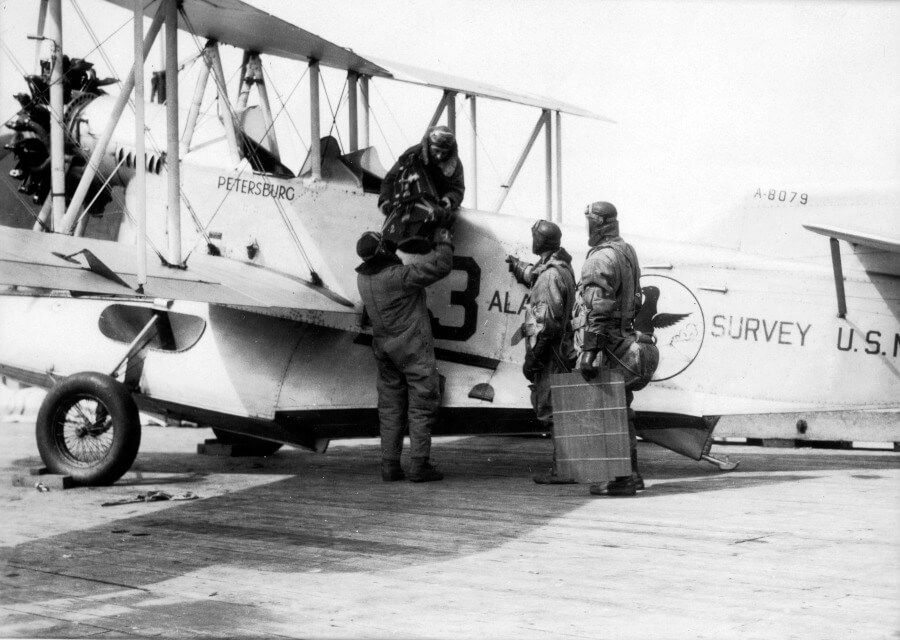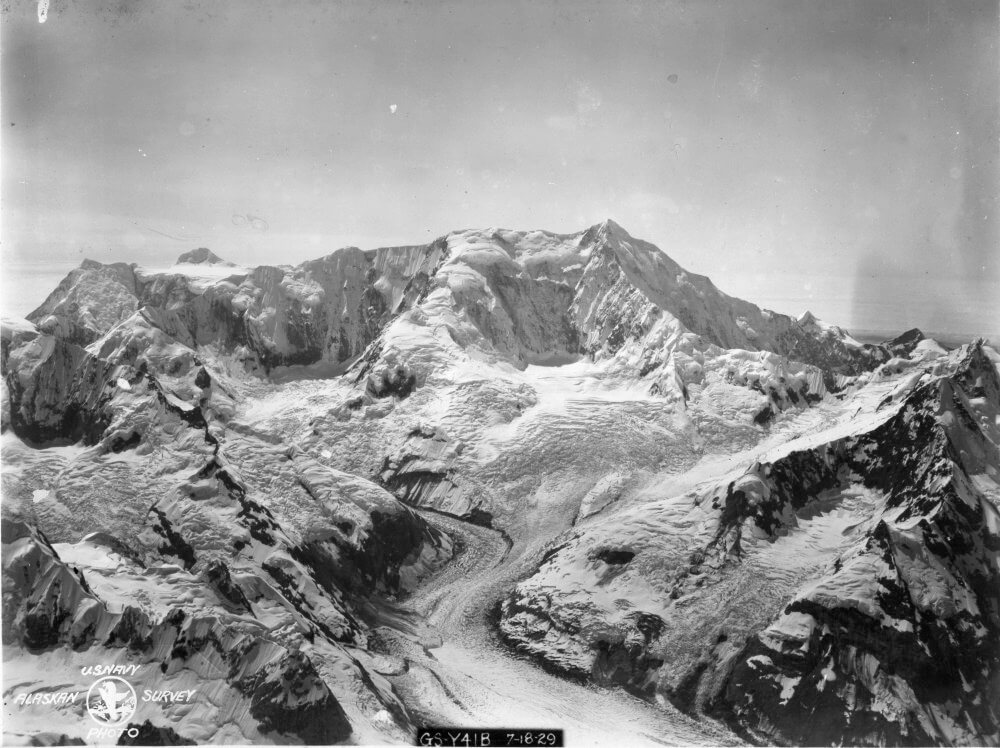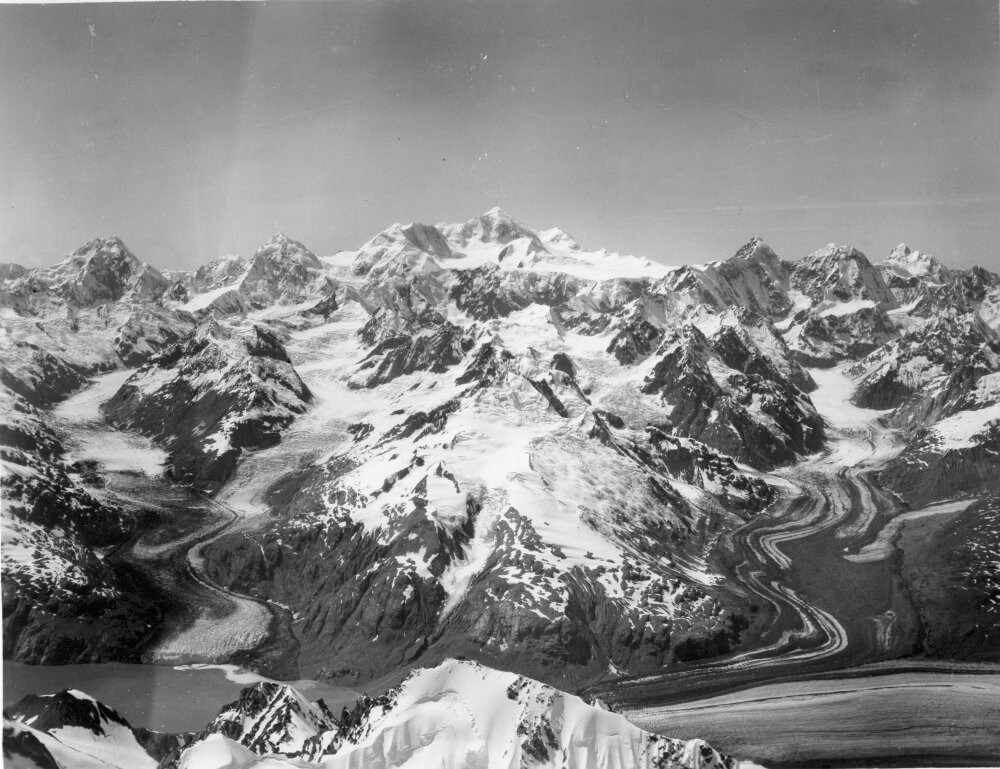U.S. Navy Alaskan Aerial Survey 1926
The first Alaskan Aerial Survey Expedition was conducted between June 6 and September 24, 1926.
The following story of the adventure was written by Lt. Ben H. Wyatt, senior Naval Aviator and expedition commander. It has been condensed only slightly from the way it appeared in the February 1927 issue of World’s Work magazine.
The first Alaskan Aerial Survey Expedition was conducted between June 6 and September 24, 1926, headed by Lieutenant Ben H. Wyatt of NAS San Diego. The preparations for the expedition were largely made at San Diego, although the staging area was Seattle.The last elements of the Alaskan Aerial Survey Expedition departed Seattle for Alaska. The expedition, under command of Lieutenant B. H. Wyatt, was composed of the tender Gannet (AM 41) the barge YF 88 housing a photo lab and mobile base for the expedition, and three Loening amphibians. Two of the airplanes were OL-4s equipped for aerial photography. The third was an OL-2 which served as a standby plane for searching in case one of the photography planes was forced down. It was also the radio plane for the expedition. The work of the expedition, which extended through the summer and into September, was performed in cooperation with the Department of the Interior for early aerial mapping of Alaska. The purpose of the expedition was survey of Southeast Alaska for the Department of the Interior for use with the investigation of resources of that region. During the summer over 15,000 square miles were mapped.
The Alaskan Survey which began in 1926 was completed in 1929 under the command of Lieutenant Commander A. H. Radford (Rear Admiral - whose dustinguished naval career cumulated in service as Chairman of rhe Joints Chiefs ofStaff l953-l957) of Aircraft Squadrons, Battle Fleet. The winged seal insignia designed by Lieutenant Emile Chourre was painted on the four Loening Amphibians (four new Wasp powered OL-8As) of the Survey which left San Diego on May 15. Each acft bore a name Juneau, Ketchikan, Petersburg, Sitka & bore a large Winged Seal Insignia special id. VJ-1F operated the Fourth Alaskan Survey - 1934 with OL-9 acft Note Radford was VJ-1Squdron Skipper when they embarked on the Yorktown for Pearl 6 Jun 40.
Another new feature of this plane is the fact that it is equipped with an inverted Liberty motor. Instead of the motor being placed in the normal upright position, it is placed upside down. That is, the pilot, instead of looking out over the top rows of cylinders, is looking over the crankcase. The advantages claimed for this motor are additional horsepower, owing to better cooling and lubrication; better vision for the pilot; and a higher application of the thrust, since the propeller is mounted on the crankshaft, which in the inverted motor is near the highest point.
The cameras chosen were of the type known as the "Tri-Lens" and were invented by Maj. Bagley, formerly of the Interior Department. This camera, as the name implies, has three lenses, which operate simultaneously, giving three exposures. The center picture is a true vertical; the other two are taken at angles of 35 degree on either side. In order to use the two side pictures, it is necessary first to transform them so as to give a projection in the vertical plane. For this purpose special transformers have to be built for each camera. The camera uses film which is made in rolls six inches wide and an average of 380 feet long.
The organization of the expedition comprised three units-the planes, the tender, and the covered barge. The force was entirely self-supporting as well as a mobile, sea-going unit. With the Gannet as a means of transporting supplies from their permanent source and of towing the barge to isolated sections, the only requirements for a suitable base were an anchorage protected from the wind and sea, a sufficient quantity of fresh water for use in photographic work, and a beach upon which to run the planes out of the water.
The personnel comprised 12 officers and 100 men. The aviation detachment numbered seven officers including five pilots, a flight surgeon, and a supply officer, and 40 enlisted men of various ratings. The Gannet, under command of Lieutenant William K. Spear, carried her regular crew of five officers and 60 men.
Only two of the planes were used for mapping. The third was equipped with a radio and, with a pilot, was kept on the beach, in readiness to institute search for any plane that might fail to return to the base within 45 minutes of its schedule. Prior to the departure of a plane for a flight, the exact area, courses, and routes were laid down on flight lines over the chart so that the position of a missing plane could be fairly well approximated, in the event it became necessary to search for it. All planes carried emergency rations for five days, guns, ammunition, fishing tackle, smoke flares and homing pigeons in case of a forced landing. Fortunately, it was not necessary to resort to any of our emergency kits since no forced landing from any cause whatsoever occurred.
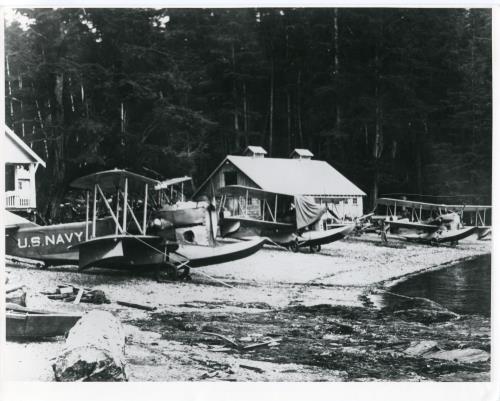
U.S. Navy Alaskan Aerial Survey 1926,
first base site South of Ketchikan
vilda.alaska.edu - Cameras used by Alaskan Aerial Survey Detachment, ca. 1926.
National Archives Catalog: Record Group 57:
Records of the U.S. Geological Survey, 1839 - 2008
Alaskan Aerial Survey Expedition Photographs, 1926 - 1979
A-9: 413-479 - Revillagigedo Island (Revillagigedo Island is where Ketchikan is...)
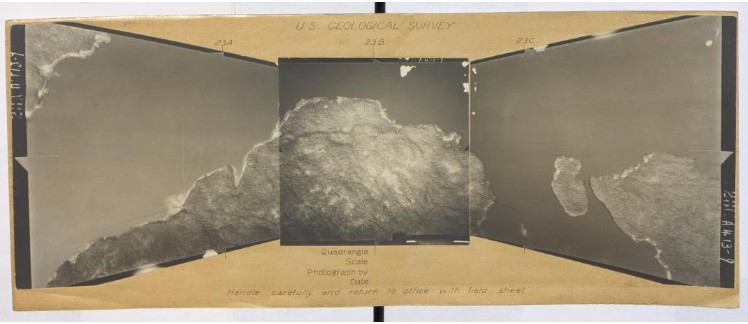
Revillagigedo Island is where Ketchikan is...
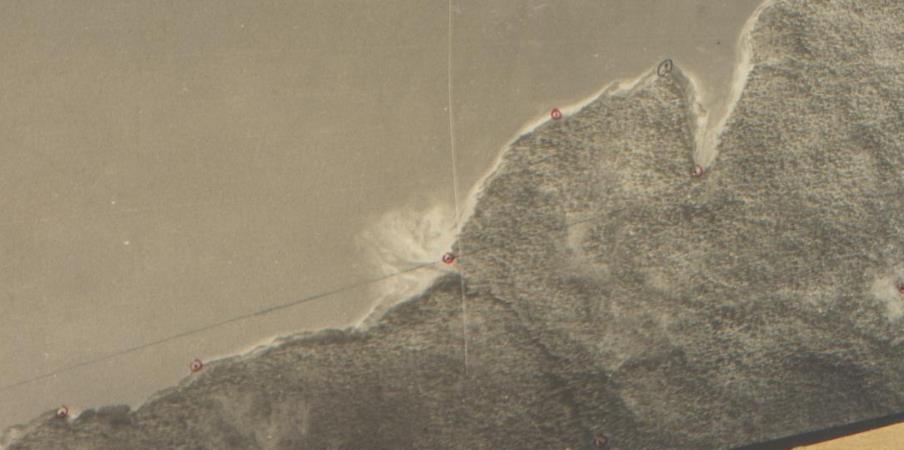
adn.com - 1926 aerial survey of Southeast Alaska improbable but successful
rcgroups.com/forums Alaskan-Aerial-Survey-1929

